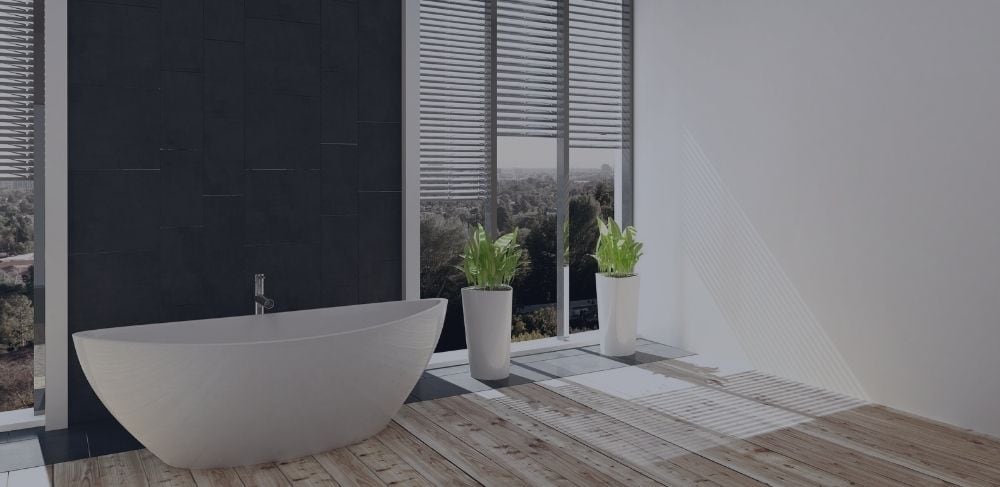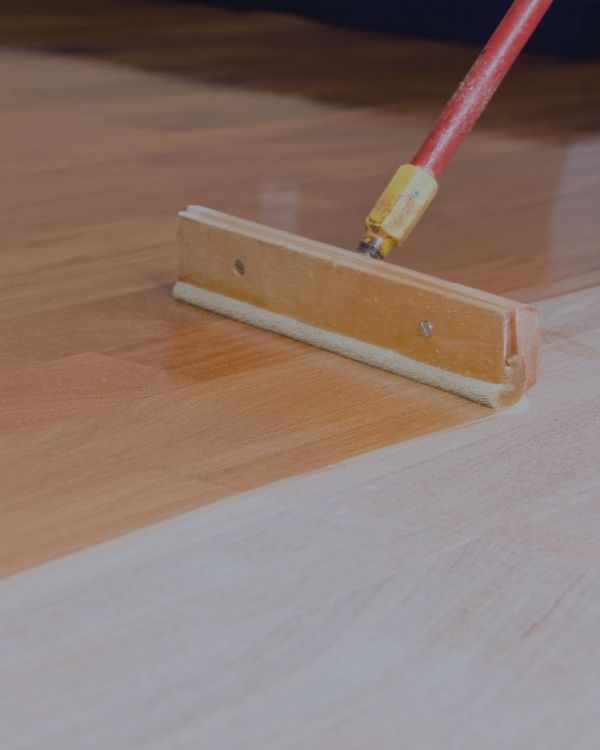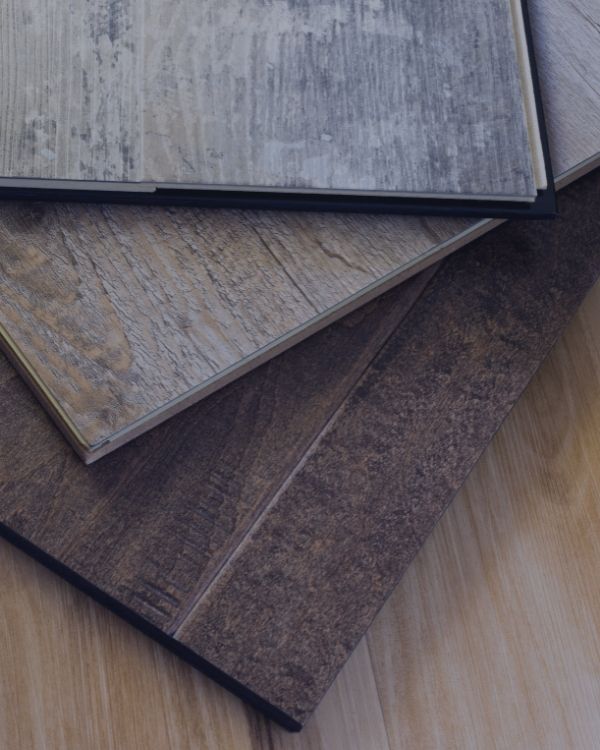Now You Can Extend Hardwood Flooring to Your Bathroom
Wood and water shouldn’t go together. That is what designers and architects tell us when it comes to hardwood flooring, but is this really true? Hardwood flooring is a beautiful and elegant way to bring the beauty of your home into every room, but it can be easily damaged by water. Mold may grow on these patent floors if they aren’t properly cared for, which could make them unsightly or dangerous! A humid environment in the bathroom as well spills will warp wood causing an unattractive appearance and encourage the growth of potentially destructive molds. Hardwood floors are a timeless classic that will never go out of style. However, new finishes and creative designs have made wood flooring in bathrooms an option worth considering for those who want to bring the warmth and style into this room, too.

Choose the right wood floor for your bathroom
When making your wooden flooring choice, it is important to consider the type of wood and where you will be installing it. For bathroom floors, you should choose harder woods over softer woods because they resist moisture better. This way you can clean it up very easily. Some good options include oak, ash, maple, cherry, hickory, and walnut.
The potential for expanding and contracting with moisture makes softwood floors a poor choice. Cedar, however, could be an option as it contains natural resins that help keep the wood compact, while not swelling or shrinking due to changes in humidity levels
The warmth and the look of a traditional, hardwood floor can now extend into your bathroom with these easy precautions. Just make sure to pick a harder wood rather than a softer wood because of its better resistance to moisture.

Choose the right finis
Polyurethane finishes are the best choice for any bathroom with hardwood floors. These synthetic resin, plasticizer, and other film-forming elements ensure that your floor will be watertight even when it expands or contracts due to temperature changes in between seasons!
It is important to take care of your new flooring in the bathroom. For example, significant and even small spills should be cleaned up quickly because it will damage your floor over time if left unattended. Even with the right finish, this is something you should consider. Leaking that comes from tubes or toilets should be addressed immediately because even for other types of floors this could be damaging.

Engineered hardwood could be a good option
Engineered hardwood floors are the safer, more stable option for bathrooms than solid wood. In this type of flooring, you have a core of high-quality plywood that can flex without warping and it bends thanks to its durability as well!
Installers and homeowners will be pleasantly surprised when they find out that engineered wood doesn’t only look like solid hardwood but is also more moisture resistant. Of course, there are some engineered wood disadvantages related to refinishing, which may or may not apply in your situation. However, if the goal is simply put down some beautiful flooring, refinishing shouldn’t become a major problem.
For even more water-resistance, get a floating installation
With a floating floor installation, you can create an almost unseamed surface with less space between boards. This is because the individual modules are simply placed on top of one another without being nailed or glued down. This gives an extra protection against water damage to your wooden bathroom floors!
These easy-to-install boards are much easier to pull up and replace separately, so you don’t have to make over the whole floor.
One serious disadvantage with floating floors is the space between flooring and sub-flooring. That is why you should make sure to get a water-resistant underlayment.
Have you heard about bamboo flooring?
The amazing thing about bamboo flooring is that it can transform your bathroom into an oasis. It’s popular with homeowners because of its stylish look and durability, making this choice for a bathroom’s floor even more perfect!
Janka ratings for bamboo flooring are on par with the world’s most durable wood floors, making it tough and water-resistant. Bamboo is a superior material when compared to other synthetic flooring. Bamboos can be refinished whenever it is necessary, other synthetic floors can’t.
Other helpful tips to consider:
Installing a strip of stone or ceramic flooring around the wet areas will protect against water damage to those sensitive surfaces. This is a great way to add character and warmth to your bathroom. Another easy way to deal with wet areas is placing mats with rubber bottoms on top in these areas. They are perfect for catching any little leaks before they can do harm. This makes maintenance easier over time.
It is important to keep your flooring looking fresh and new through a monthly maintenance routine. When you have hardwood in a bathroom, it is the first line of defense against water damage, so make sure to test for any cracks or marks between boards.
Conclusion: Physical warmth and a beautiful style also for your bathroom
Hardwood floors are a great way to make your bathroom feel warmer and more inviting. They offer an unmatched style that sets it apart from other rooms, as well as providing some physical warmth on those cold winter mornings when you are struggling to get out of bed after waking up with chills all over your body!
With their wide variety, style, and adaptability, they have been a popular material for almost every other room in the house. With new finishes, it is now possible to bring them into the bathroom!





